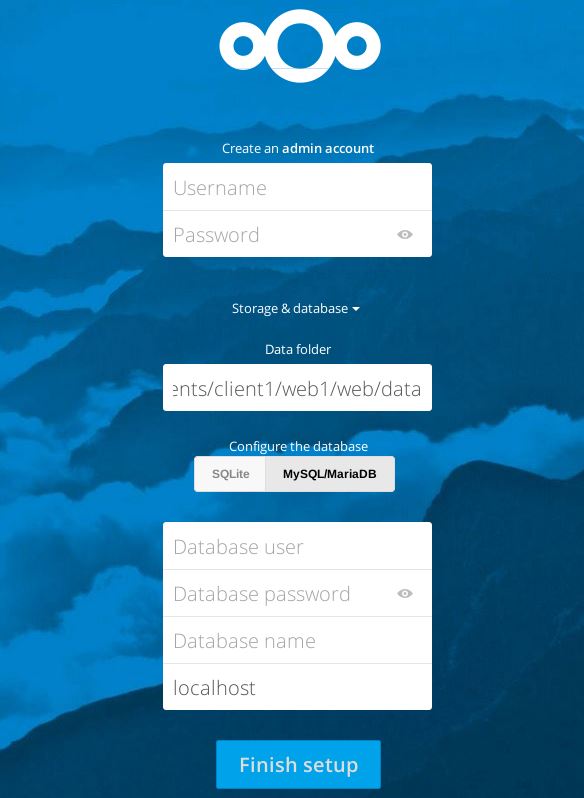

- #Mysql for mac installation how to
- #Mysql for mac installation mac os x
- #Mysql for mac installation install
- #Mysql for mac installation password
That message provides useful information for getting started. opt/homebrew/opt/mysql/bin/mysqld_safe -datadir=/opt/homebrew/var/mysql Or, if you don't want/need a background service you can just run: MySQL is configured to only allow connections from localhost by default Once installed, the following message appears: We've installed your MySQL database without a root password. Wait patiently while it downloads and installs everything.
#Mysql for mac installation install
Now that Homebrew is installed, let’s go ahead and install MySQL: brew install mysql If you’re already up to date, you’ll get a message to that effect.
#Mysql for mac installation how to
While we’re at it, here’s how to update Homebrew: brew update Xcode and Homebrew should be installed once those commands have been run.īut before we move on, here’s how to check Homebrew: brew doctorįollow any prompts to fix any problems that may have been encountered. Install Homebrew: /bin/bash -c "$(curl -fsSL )" To install these prerequisites, open a Terminal window and run the following commands. You can skip this step if you’ve already got Homebrew installed. Seeing as I’m installing MySQL via Homebrew, it requires that Homebrew is installed.

The current version (MySQL 8.0.26) supports the ARM architechure. If you’ve made it this far without a glitch, congratulations! You’ve successfully download MySQL, started the server, and have access via the root user with a newly created password.Below are the steps that I used to install MySQL on my M1 Mac via the Homebrew package manager.Īs mentioned, this is an M1 Mac (which uses the ARM64 architecture) but that didn’t cause any issues. In SQL, like many other programming languages, the semicolon indicates the end of a statement, much like a period indicates the end of a sentence. It’s also worth noting the use of the semicolon here. Copying and pasting may cause a problematic difference in formatting.
#Mysql for mac installation password
Type the command: SET PASSWORD FOR = PASSWORD(‘typeyourpasswordhere’) Be sure to type the command yourself.

Double-click the Terminal to open a window. Locate the Applications folder, from there locate the Utilities folder, and the Terminal should be there. To open up a Terminal window, open up Mac’s Finder.

This password will be a slew of random characters that is crucial to getting MySQL up and running smoothly. There will be a pop-up window that provides a temporary password for MySQL’s “root” user.
#Mysql for mac installation mac os x


 0 kommentar(er)
0 kommentar(er)
